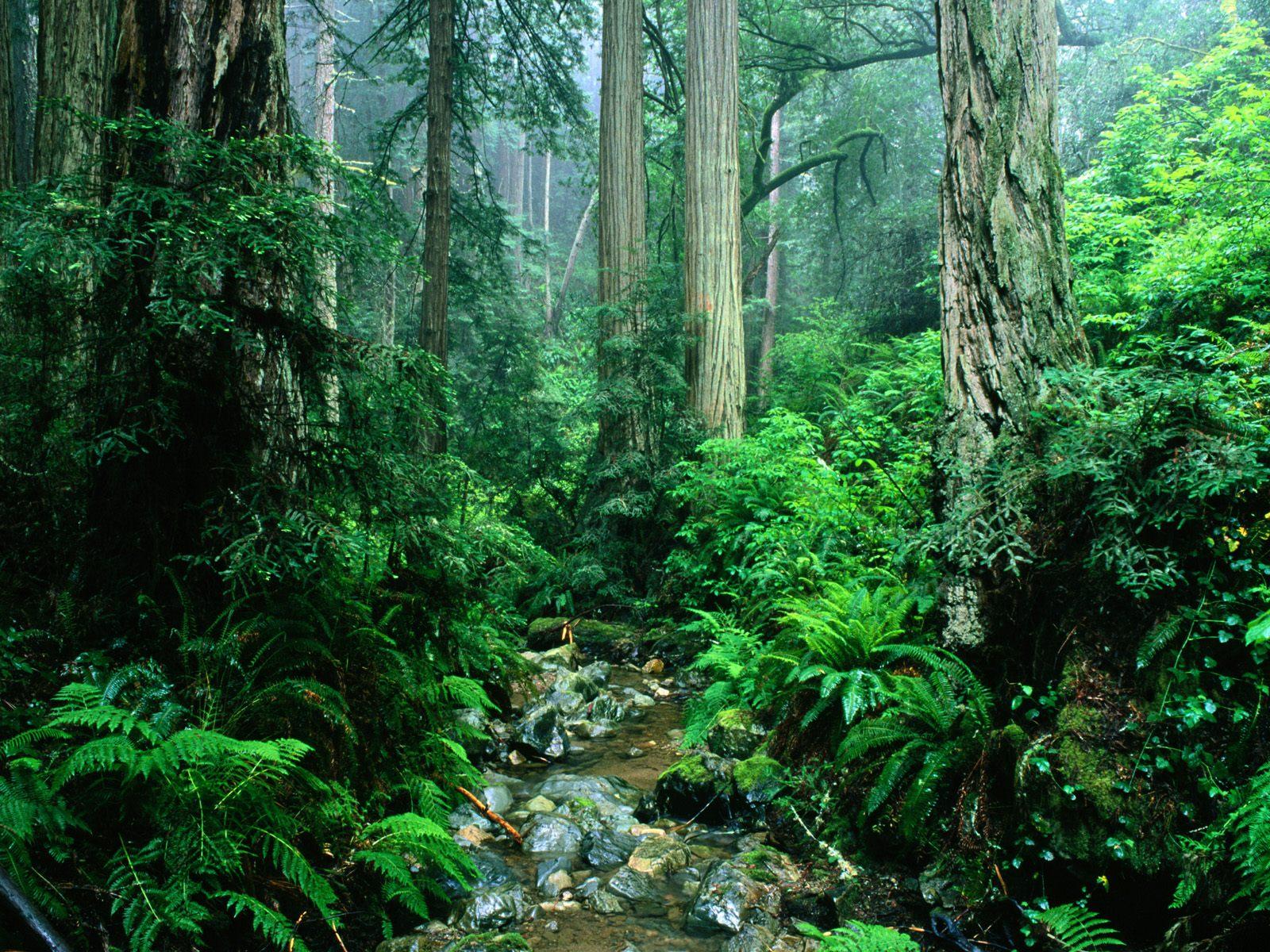The amazon rainforest is the largest tropical rainforest on earth

The Amazon Rainforest: A Marvel of Nature

The Amazon rainforest, also known as the Amazon Jungle, is undeniably the most extensive tropical rainforest on Earth. Spanning over 5.5 million square kilometers (2.1 million square miles), it covers a substantial portion of South America, primarily in Brazil but also extending into parts of Peru, Colombia, Ecuador, Venezuela, Bolivia, Guyana, Suriname, and French Guiana.
An Unparalleled Biodiversity Hotspot

The immense size of the Amazon rainforest is matched only by its astonishing biodiversity. It is home to an impressive array of species, many of which are found nowhere else on the planet. Over 16,000 species of trees and countless plants thrive within its boundaries, making it a true treasure trove of flora.
Moreover, the Amazon rainforest provides habitat for an estimated 400 billion individual trees—making it a vital ally in the fight against climate change. These trees act as carbon sinks, absorbing vast quantities of carbon dioxide from the atmosphere, thus helping to mitigate the effects of global warming.
Ecological Importance and Environmental Challenges
Apart from its environmental impact, the Amazon rainforest also plays a crucial role in regulating the water cycle in South America. It acts as a giant water pump, releasing moisture into the atmosphere, which then falls as rain and sustains the surrounding areas. In fact, the Amazon basin generates about half of its own rainfall through this process, helping support not only the wildlife but also the millions of people living in the region.
Despite its incredible ecological importance, the Amazon rainforest faces numerous threats. Deforestation, primarily driven by human activities such as logging, mining, and agriculture, poses a severe risk to its delicate balance. The clearing of land for cattle ranching and soybean farming, for instance, contributes to the loss of thousands of square kilometers of pristine forest each year.
Preserving the Amazon Rainforest for Future Generations
To safeguard the Amazon rainforest for future generations, a collective effort is required. International initiatives and conservation organizations are working tirelessly to protect this invaluable ecosystem. The promotion of sustainable practices, the implementation of stricter regulations, and the establishment of protected areas are some of the measures being undertaken to mitigate deforestation.
In conclusion, the Amazon rainforest stands as a testament to the beauty and intricacy of nature. As the largest tropical rainforest on Earth, its significance cannot be overstated. Preserving its biodiversity and protecting it from deforestation remains crucial not only for the numerous species that call it home but also for the well-being of our planet as a whole.
Source: Wikipedia
Related Posts
Quick Links
Legal Stuff

